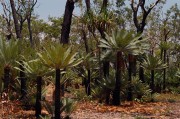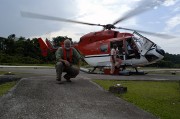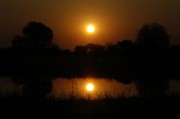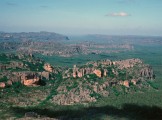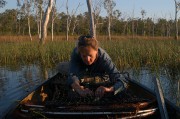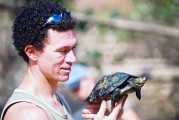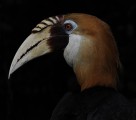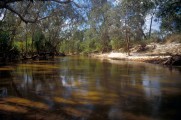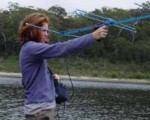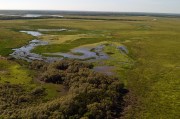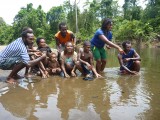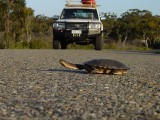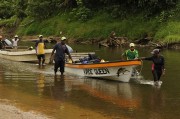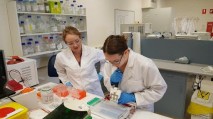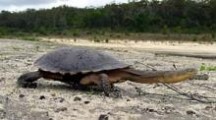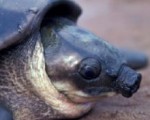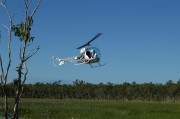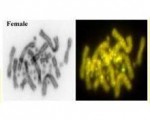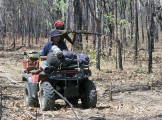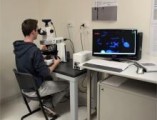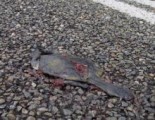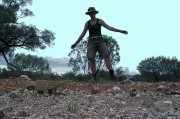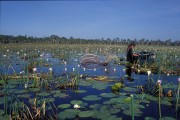The latest edition of the Turtles of the World Annotated Checklist and Atlas of Taxonomy, Synonymy, Distribution, and Conservation Status is now available on line. This is a spectacular compendium of the latest scientific assessment of turtle species globally, and comes with new distribution maps and photos in addition to the taxonomic accounts.

The Australian turtles are covered well, with the latest literature, including our recent paper on the phylogenetic placement of the Western Swamp Turtle Pseudemydura umbrina. There are some elements of the Australian turtle taxonomy that remain controversial. One example is the inclusion of Chelodina kuchlingi, which is regarded by some as a poorly founded taxon described from a single specimen of uncertain origin. It is probably an example of Chelodina oblonga (formerly rugosa) from the Ord River, the evidence to the contrary not having been rigorously considered through the processes of peer review. Other examples in the same vein include Chelodina walloyarrina which is regarded by some as Chelodina burrungandjii. The descriptions of these forms, notwithstanding any considerations of name validity, do not meet contemporary standards for demonstrating the existence of a new taxon. I understand that I may hold a minority view on these more generally, and I do encourage those considering the use of these taxa to turn to the peer reviewed scientific literature in coming to a position. Apart from these taxa, the new global checklist is in agreement, both on the taxonomy and the nomenclature, with the official list of Australian species produced by the Australian Society of Herpetologists.
These minor controversies do not detract from what is an outstanding body of work by leading experts on taxonomy, nomenclature and the subtle nuances that often lead to confusion and perceptions that taxonomy is in a state of anarchy. If we all turn to works such as this, it will provide a baseline for the experts, and also a path through the complexities for those who do not wish to spend the time coming to grips with those taxonomic and nomenclatural complexities. I am very pleased to have taken a part in the production of this latest edition.
Abstract: This is our 8th edition of an annotated checklist of all recognized and named taxa of the world’s modern chelonian fauna, documenting recent changes and controversies in nomenclature through early 2017, and including all primary synonyms, updated from 7 previous checklists (Turtle Taxonomy Working Group 2007b, 2009, 2010, 2011, 2012, 2014; Rhodin et al. 2008). We provide an updated comprehensive listing of taxonomy, names, and conservation status of all turtles and tortoises of the world, including detailed distribution maps. We strive to record the most recent justified taxonomic assignment of taxa in a hierarchical framework, providing annotations, including alternative possible arrangements, for some proposed changes. We provide common English names and detailed distributional data for all taxa, listing occurrence by countries and many smaller political or geographic subunits (states or regions), including indications of native, extirpated, and introduced (modern or prehistoric) populations. We include current published and draft IUCN Red List status assessments for all turtles, as well as CITES listings. The diversity of turtles and tortoises in the world that has existed in modern times (since 1500 AD) and currently generally recognized as distinct and included in this checklist, now consists of 356 species. Of these, 60 are polytypic, representing 122 additional recognized subspecies, or 478 total taxa of modern turtles and tortoises. Of these, 7 species and 3 subspecies, or 10 taxa (2.1%), have gone extinct. As of the current IUCN 2017 Red List, 148 turtle species (60.4% of 245 species listed, 41.6% of all 356 recognized modern species) are officially regarded as globally Threatened (Critically Endangered [CR], Endangered [EN], or Vulnerable [VU]). We record additional draft Red List assessments by the IUCN Tortoise and Freshwater Turtle Specialist Group (TFTSG) of previously “unevaluated” species, and updated draft re-assessments of previously listed species, allowing us to evaluate the overall current threat levels for all turtles and tortoises. Of the 356 total species of turtles and tortoises, 114 (32.0%) are CR or EN, 179 (50.3%) are Threatened (CR, EN, or VU), and 186 (52.2%) are Threatened or Extinct. If we provisionally adjust for predicted threat rates of Data Deficient and Not Evaluated species, then ca. 59% of all extant turtles are Threatened. These numbers and percentages of Threatened species have increased since our last checklist. Turtles are among the most threatened of the major groups of vertebrates, in general more than birds, mammals, cartilaginous or bony fishes, or amphibians.
The checklist can be downloaded here.


